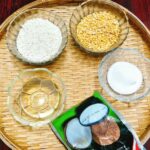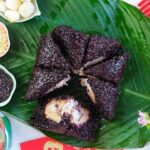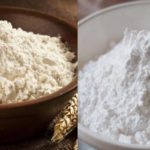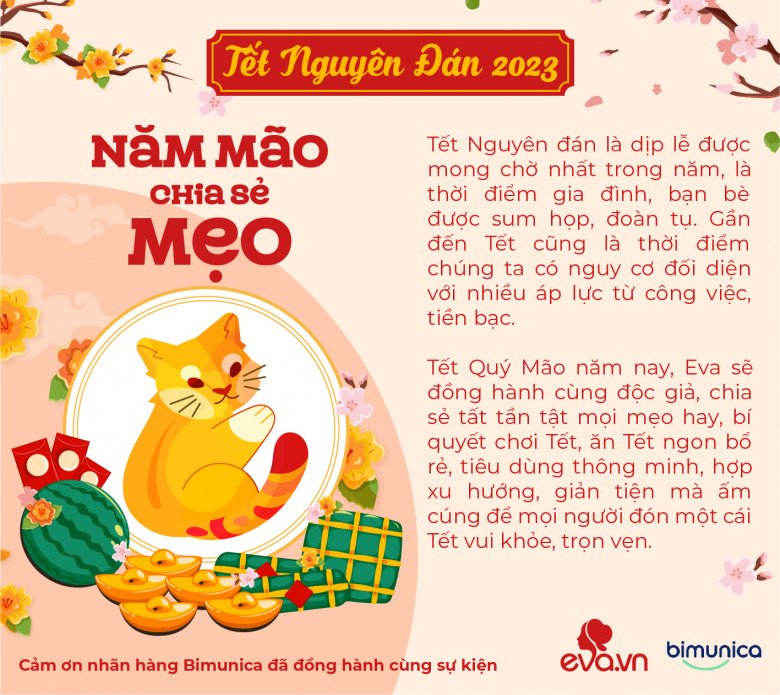
Bánh chưng is a traditional Vietnamese sticky rice cake that is an indispensable part of the Tết Nguyên Đán celebrations, alongside other delicacies such as boiled chicken, fried spring rolls, giò lụa, and măng canh.
While Bánh Chưng can be enjoyed throughout the year, it holds a special place during this festive season, often evoking a sense of nostalgia and cultural significance. The sight of these green cakes is enough to signal the arrival of Tết.
Beyond the delicious ingredients that go into making a mouthwatering Bánh Chưng, the art of achieving the perfect green color for the cakes is a topic of great interest. Various methods and ingredients, such as taro leaves, pandan leaves, and even sweet potato leaves, have been employed to attain this vibrant hue.
If you’re seeking a foolproof method to dye your rice green, look no further than the technique shared by Vũ Ngọc from Hanoi. Vũ Ngọc, who has honed her craft alongside her mother, a seasoned Bánh Chưng maker, has generously offered her insights on how to dye rice green optimally.

Meet Vũ Ngọc and her family, guardians of a time-honored tradition.
Vũ Ngọc attributes their success to a combination of family tradition and her mother’s innovative spirit. While the original recipe passed down through generations resulted in plain white cakes, her mother’s experimentation led to the discovery of these stunning green hues. Each year, her mother prepares 3,000-4,000 cakes for Tết, ensuring that every cake boasts a beautiful shade of green. Vũ Ngọc emphasizes the importance of paying attention to the rice soaking process and selecting the right leaves for the best results.
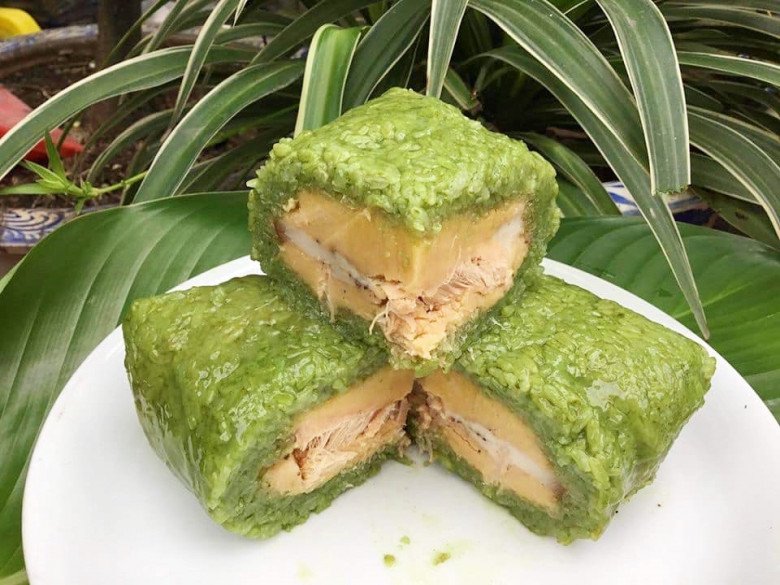
Here is Vũ Ngọc’s secret to achieving that perfect green color for your Bánh Chưng:
– Place dry sticky rice in a colander and submerge it in a large basin of water.
– Rinse the rice thoroughly twice, and then lift the colander out of the water, allowing the rice to drain naturally. It’s important not to agitate or stir the rice during this step to prevent breakage when wrapping the cakes.
– Prepare an appropriate amount of taro leaves, wash them thoroughly, and blend them to extract the juice. Use a cloth to filter out any leaf residue. Transfer this taro leaf juice to a basin.
– Once the rice has finished draining (you’ll know when water stops dripping from the colander), add a pinch of salt to the rice and transfer it to the basin containing the taro leaf juice. Mix well with your hands for about 5 minutes, and then soak the rice for 1-1.5 hours.
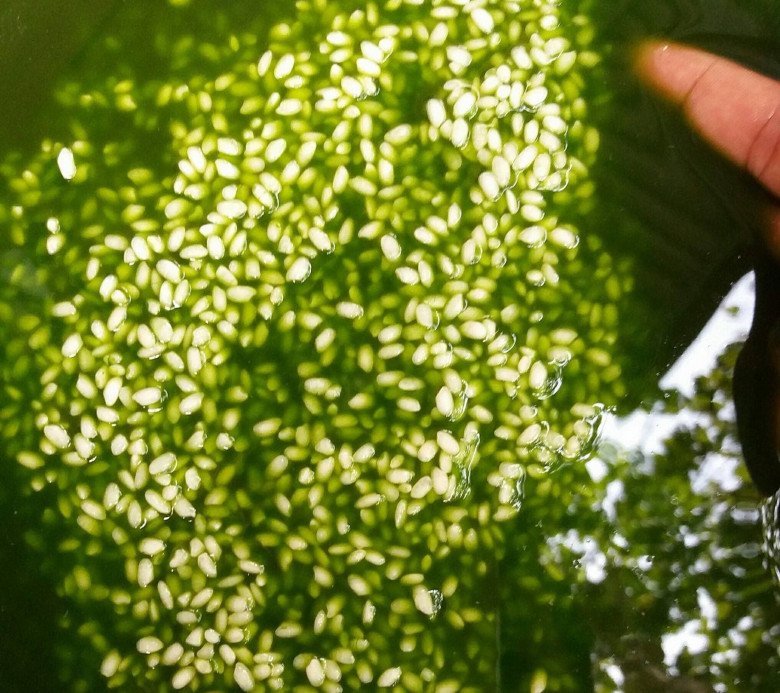
After the soaking time has elapsed, drain the rice, and it’s ready to be used for wrapping your Bánh Chưng!
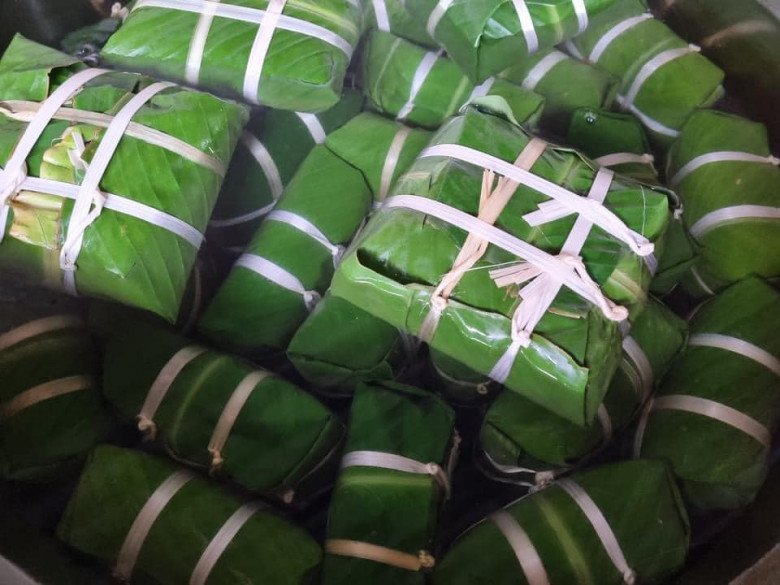
Beautifully wrapped Bánh Chưng, ready to be cooked.
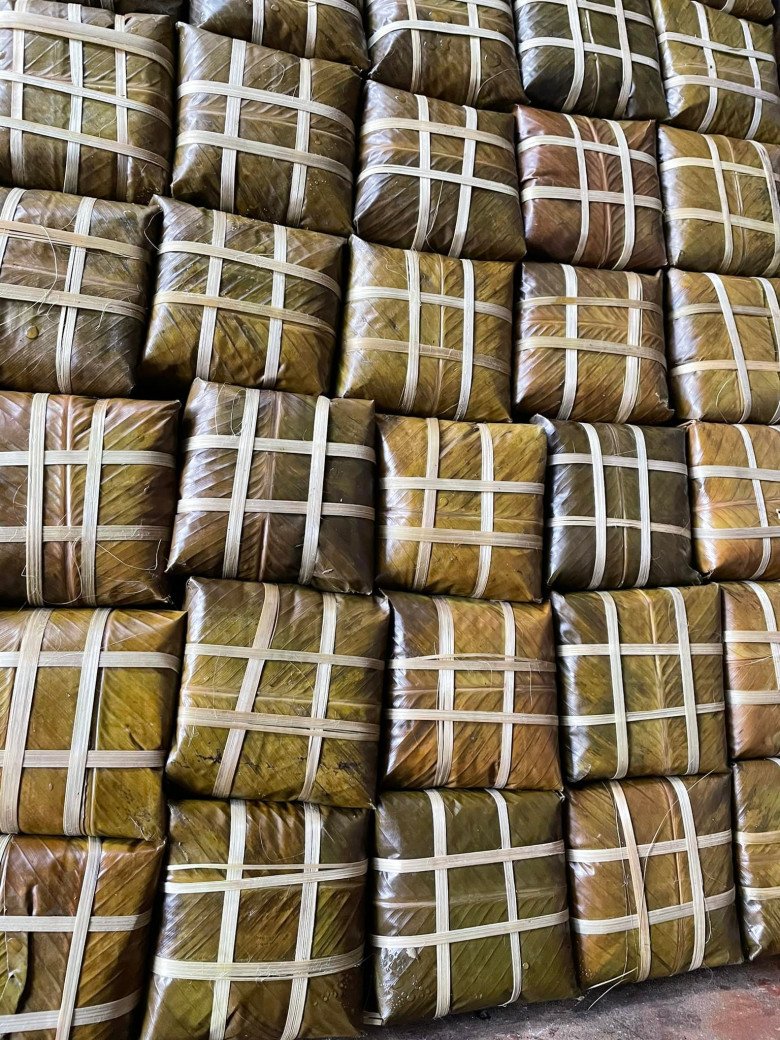
The Bánh Chưng, cooked to perfection.
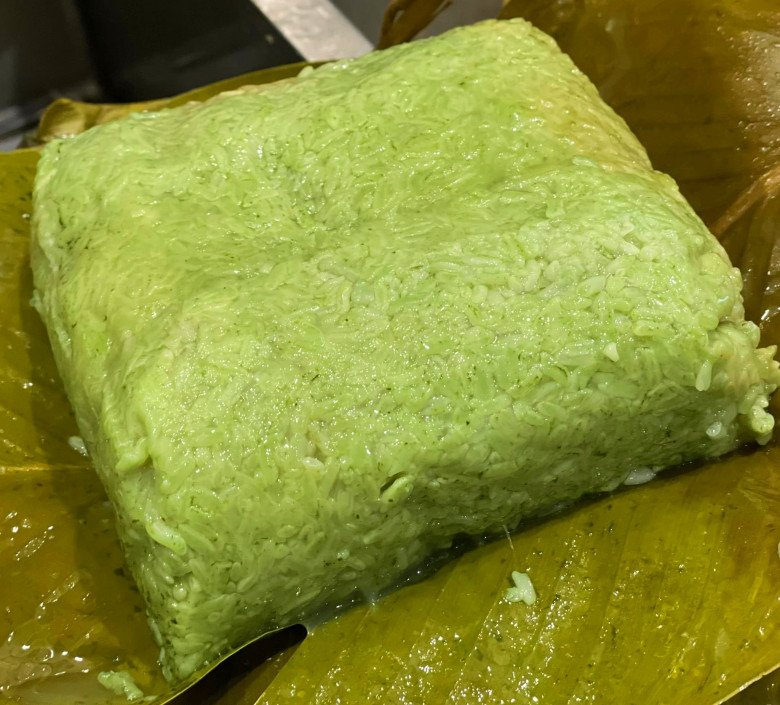
Unravel the leaves to reveal the vibrant green hue of the Bánh Chưng.
The intensity of the green color depends on three key factors:
– The age of the taro leaves: Younger leaves tend to produce a brighter green color.
– Weather conditions when harvesting the taro leaves: Leaves collected during rainy seasons tend to yield a more vibrant green, while dry weather can result in older, darker leaves.
– Concentration of the taro leaf juice: The denser the juice, the deeper the green hue.
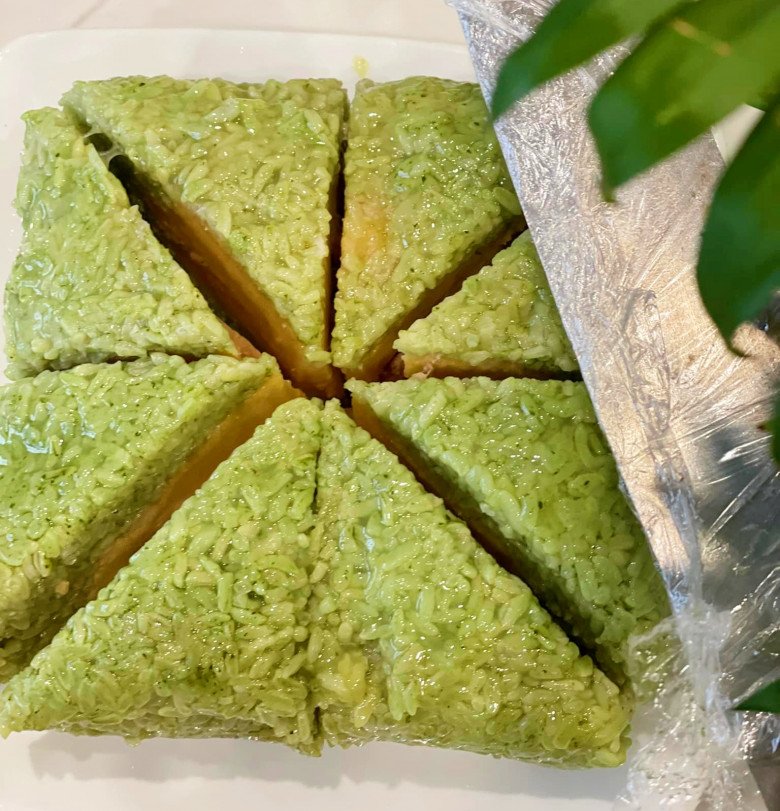
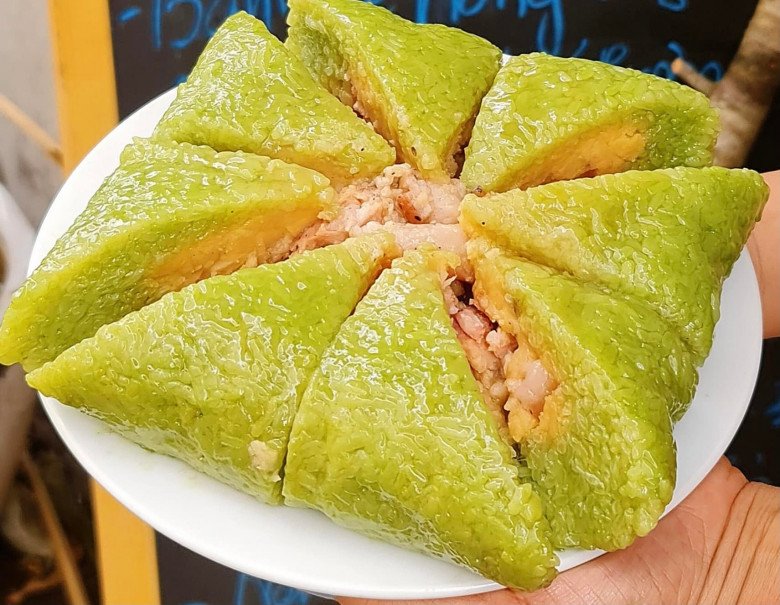
We wish you success in creating your own beautiful and delicious Bánh Chưng!
How to Cook Sticky Rice in a Rice Cooker: A Foolproof Guide to Deliciousness
“The perfect sticky rice dish is just a few simple steps away. With this easy-to-follow guide, you’ll be able to create a delicious and fragrant sticky rice using your rice cooker, without the hassle and time-consuming efforts usually associated with this dish. It’s a quick and efficient way to enjoy a flavorsome treat.”
Should You Cut Bánh Chưng with a Straw or a Knife?
The age-old question of how to cut a delicate treat, the bánh chưng, is a dilemma for many. The traditional method involves using lạt, a type of delicate, intricate skill that showcases precision and elegance. However, the modern approach of using a knife offers a faster, more efficient solution. So, which method should you choose? This is the conundrum we aim to unravel with our expert writing skills, providing a refined and polished introduction that captivates and entices readers.
The Great Makeover of Traditional Banh Chung: 5 Unique Twists You Need to Try
The Lunar New Year is a time-honored tradition, and one of the most important dishes during this festive season is the Banh Chung. This delicious treat is a staple on ancestral altars and Tet holiday feasts. But have you ever considered giving this traditional delicacy a modern twist? Imagine taking this classic dish and infusing it with new and exciting flavors that will tantalize the taste buds and delight your senses. It’s time to embrace a new take on an old favorite!
Differentiating Rice and Glutinous Rice Flour
Rice flour and glutinous rice flour are two distinct types of flour that are commonly used in Vietnamese cuisine. At a glance, they might appear similar, but there are key differences that set them apart. Let’s delve into these differences and explore how they can impact your cooking and baking endeavors. These two flours have their own unique characteristics, and understanding these nuances will help you utilize them effectively in your culinary creations.

























